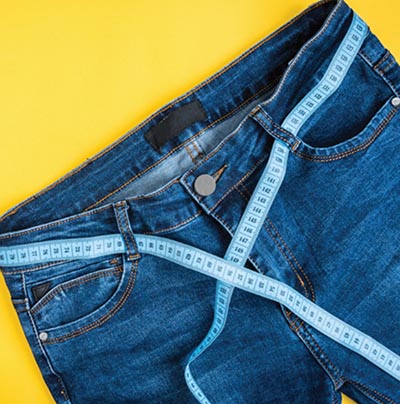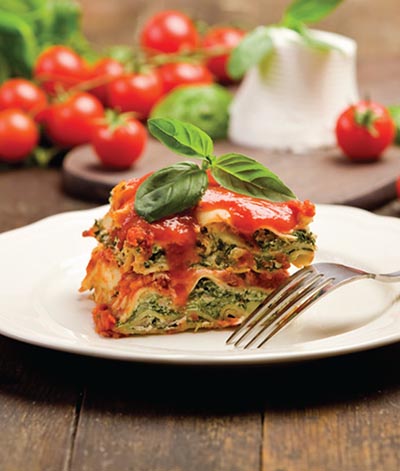Quick Studies: a snapshot of the latest research on diet, exercise, and more

New Africa - stock.adobe.com.
Sugary Drinks & Diabetes

Both sugary drinks and fruit juice may raise your risk of type 2 diabetes, and not just by leading to weight gain.
Researchers tracked roughly 192,000 men and women for up to 26 years. Those who consumed at least one daily 8 oz. serving of drinks that are high in either added or fruit sugars—which included soda, energy drinks, sports drinks, fruit drinks, and fruit juice—over four years had a 23 percent higher risk of type 2 diabetes than those who consumed less than one serving a week. Weight gain explained roughly a quarter of the increased risk.
Although the scientists took many other factors into account, it’s possible that something else about sugary-beverage drinkers explains their higher risk.
What to do: Replace sugary drinks with water, unsweetened coffee or tea, or low-fat milk. Replace fruit juice with whole fruit.
Waist Size & Liver Cancer

Your waist, not just your weight, may affect your risk of liver cancer.
After pooling data on more than 1.1 million people, scientists reported that every 2 inch increase in waist size was linked to an 11 percent higher risk of liver cancer, even in people with a healthy weight. Hip size didn’t matter.
What to do: Try to lose or not gain excess weight...or excess waist.
Int. J. Cancer 2019. doi:10.1002/ijc.32760.
Exercise & Heart Fat

Excess fat around the heart is linked to a higher risk of heart disease. Could exercise trim that fat?
Danish researchers randomly assigned 39 sedentary people with abdominal obesity to aerobic training (high-intensity interval training on a stationary bike), strength training (3 to 5 sets of 10 medium-load exercises), or no exercise. Both exercise groups had supervised workouts for 45 minutes three times a week.
After 12 weeks, epicardial heart fat (which is next to the heart muscle) was reduced by 32 percent in the aerobic group and by 24 percent in the strength group. But only strength training reduced pericardial heart fat (which is in and on the membrane enclosing the heart).
What to do: This study can’t prove that exercise trims heart fat because it was designed to find out how exercise curbs deep belly fat. But how many reasons do you need to get moving?
What’s a Normal Serving?

Do large servings of food skew your sense of what’s normal?
Dutch researchers served 132 women either a small portion of lasagna (with about 290 calories) or a large portion (with 875 calories) for lunch.
The next day, the participants were told to eat as much as they wanted from a family-sized lasagna (with 1,585 calories) for lunch. Those who had been served the smaller portion of lasagna on the first day ate 620 calories’ worth of lasagna on the second day. Those who had been served the larger portion on the first day ate 765 calories’ worth.
What to do: Don’t let huge restaurant servings taint your sense of what’s “normal.” Take home the excess.
Photos (top to bottom): stock.adobe.com: New Africa, Natallia, TheVisualsYouNeed, Francesco83.

